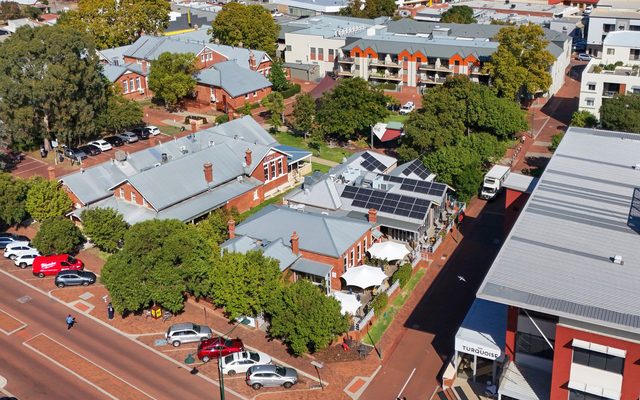This article is from the Australian Property Journal archive
ANOTHER office building with value add opportunities on Perth’s north east city fringe is set to change hands.
The four-level building at 59 Parry St has ground floor retail and three upper levels of office accommodation, with a net lettable area of 2,949 sqm in addition to 38 car bays.
Constructed in 2010, the modern building has a 1.9-year weighted average lease expiry by income and returns an annual net passing return of $700,000, with the opportunity to lift the income to about $1.3 million on a fully leased basis.
CBRE’s Kate Foley and Ben Younger have been appointed to handle the expressions of interest campaign, closing 2nd April. Foley said the property benefits from a diverse tenancy mix, and the opportunity to add value through leasing up the existing vacancies, carrying out additional works and considering multiple future exit strategies.
Dorado has just bought the adjoining four level building of 4,637 sqm 12 Newcastle St for $24.25 million, which Foley and Younger negotiated off-market. The property was offered with potential to generate further income from existing vacancies and is 58% occupied by Compass Group on a 10 year lease.
Younger said interest in 59 Parry St is expected from investors seeking value add opportunities in growth markets, noting that the Perth office sector is currently the highest effective rental growth market in Asia Pacific, projected to deliver rental growth averaging 10.2% over the next five years.
“The building’s strategic location in Perth’s north eastern city fringe will be another buyer draw card, with significant development occurring in the area in the past few years.”
He said the city fringe market is currently under priced. Prime assets on the fringe have historically achieved effective rents at a 17% discount to the CBD, but are currently 40% less than the CBD.
Foley said Perth’s city fringe also offers a significant yield premium, with a differential of 180 basis points to eastern seaboard fringe markets on average. This is well above the long-term average of 50 basis points to Sydney’s city fringe, and 90 basis points to Melbourne’s.




